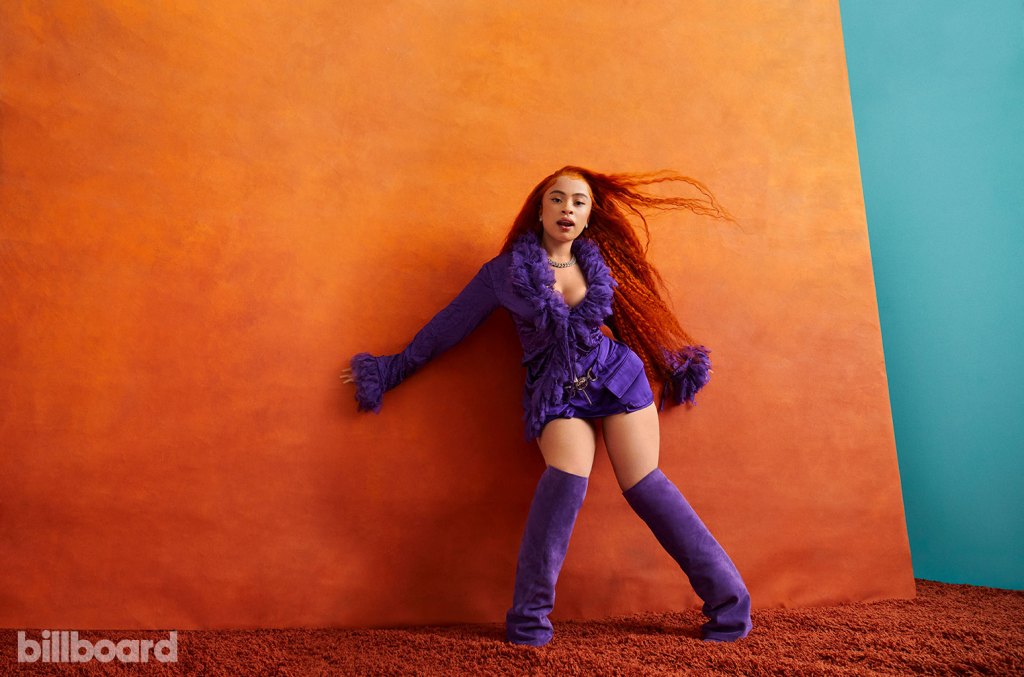Music Industry Funding Was Defined by Several Key Trends in 2024 – Here’s What They Mean for 2025


2024 music industry funding trends are providing valuable insights as 2025 ramps up. Photo Credit: Kelly Sikkema
On top of bringing close to $5 billion in music industry capital announcements, 2024 delivered several noteworthy funding trends. Here’s a breakdown of what the key developments mean as 2025 kicks into high gear.
Illustrating those details is possible thanks to DMN Pro’s one-stop Music Industry Funding Tracker, which compiles funding disclosures from in and around the music space. In its latest weekly report, DMN Pro, leveraging the Tracker, took a deep-dive look at 2024’s funding ins and outs.
And this look, covering everything from core funding ($4.64 billion, up slightly from 2023) to exactly which types of companies scored the capital, brought out valuable takeaways for the current year.
Top-Heavy Catalog Funds Skewed 2024 Data – And Set the Stage for Continued IP Deals
First, 2024’s music industry funding would have decreased substantially from 2023 if not for a few massive capital disclosures on the catalog side. Hipgnosis led the pack with its almost $1.5 billion asset backed securitization, followed by an over $1 billion funding confirmation from Iconic Artists Group and then an $850 million ABS from Concord.
There are multiple angles to consider here – most immediately, 2025 seems poised to usher in a steady stream of fresh song-rights sales. Admittedly, this isn’t exactly a surprise in light of 2024’s IP purchases and recent years’ sale trends.
But it is intriguing in that there are only so many bodies of work available to buy. Without naming names, steady inflation and dipping rates or not, certain creators’ sold IP will take quite a while to pay off for investors.
With purchase pickings comparatively slim but ample capital already committed to the asset class, it’ll be interesting to see exactly which catalogs move during 2025.
Considered from another angle, as huge tranches have already been earmarked for music IP, it’s unclear whether investors will publicly set aside billions more for catalogs.
A Superfan Sector Showdown? Multiple Platforms Compete for Diehard Supporters’ Business
Against the backdrop of an industry-wide push to more effectively monetize diehard support, superfan startups accounted for over 11% of 2024’s industry raises by volume. That includes sizable rounds from the likes of Mellomanic, Tune.fm, FanCircles, Hangout, and Trax.
Meanwhile, Universal Music in 2024 inked a decade-long Hybe deal encompassing (among other things) initiatives on the Weverse superfan app, and Warner Music is presumably still developing a superfan offering of its own. (The latter was initially slated to release sometime last year.) Plus, a superfan-focused Spotify Deluxe tier is forthcoming in the States.
In other words, there are only so many hours in a day for artists and fans, with consumer spending also a concern. Superfan-sector competition could well intensify during 2025 en route to driving consolidations during the year’s second half and into 2026.
Will 2024’s Live and Ticketing Funding Rounds Spur Market-Share Changes During 2025?
Lastly, time will tell whether live and ticketing startups, which accounted for over 13% of 2024’s core music industry raises by volume, can capitalize on their ample capital to take on well-entrenched players during 2025.
Though the observation raises more questions than it answers, niche live players like Seat Unique and ticketing upstarts like TickPick recorded major funding achievements last year. And with Celebratix making waves on the blockchain-ticketing side as Posh zeroes in on small events, for instance, something of a disruption could be in store.
Amid rumblings of a music industry funding comeback during 2025, it remains to be seen which sub-sectors will fill the void potentially left behind by live/ticketing and superfan businesses, which appear generally well-situated from the perspective of operating capital.
Link to the source article – https://www.digitalmusicnews.com/2025/01/10/music-industry-funding-2024-trends/
Recommended for you
-
Pocket Guitar Chord Practice Tool, Portable Guitar Neck for Trainer Beginner w/a Rotatable Chords Chart Screen (Battery Included)
$45,99 Buy From Amazon -
Vandoren CR103 Bb Clarinet Traditional Reeds Strength 3; Box of 10
$23,39 Buy From Amazon -
Blessing BCR-1230 Student Cornet, Lacquered Brass
$0,00 Buy From Amazon -
HYG Cymbal Sizzler Cymbal Chain, Big small 2pcs, Cymbal hiss, Sound effect adjustment Cymbal Chain for Rides, Crashes, Chinas, Drum Kits, Jazz Drums (2108092309)
$9,99 Buy From Amazon -
KORG X-5 – THE very Best of – Large Original WAV/Kontakt Samples Library
$14,99 Buy From Amazon -
KORG Analog Monster MEGA Bundle – 9 Large original 24bit WAVE/Kontakt Samples/Loops Libraries
$39,99 Buy From Amazon -
Pocket Guitar Practice Neck, Portable 6 Fret Pocket Guitar Chord Practice Tool for Beginner Left Hand Guitar Acoustic Practice Training Tool
$18,63 Buy From Amazon -
Boy Scout Nickel Plated Blowing Bugle Attack Command Signal Horn
$55,00 Buy From Amazon













Responses